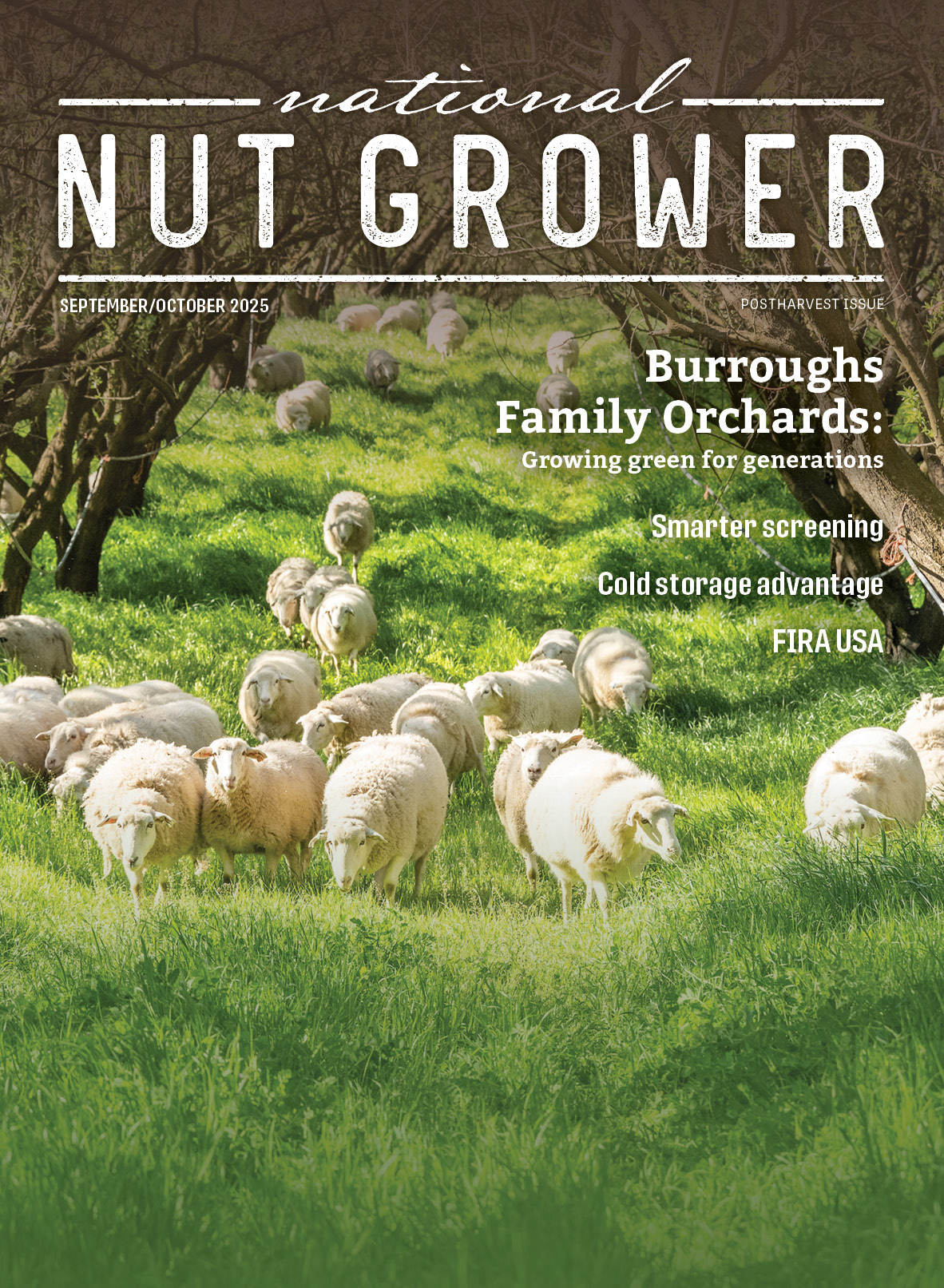
Optimizing orchard health
Strategies for fungicide selection and disease management
(Sponsored)
When managing an orchard, selecting the right fungicides is crucial for ensuring healthy yields and maximizing return on investment (ROI). Several factors come into play when choosing fungicides, including the specific fungal diseases in your orchard, environmental conditions, application methods and potential resistance issues.
Understanding the impact of fungal diseases on your ROI is equally important, as these diseases can lead to decreased yields, lower fruit quality, increased management costs and potential long-term damage. By carefully considering these factors and selecting appropriate fungicides, growers can mitigate the risks and optimize financial outcomes.
Daniel Abruzzini, western marketing manager with Corteva Agriscience, supports new products in the market and assists with existing portfolio management in the Western United States, specifically in California, Arizona and the Pacific Northwest.
“Throughout the growing season, diseases can be a large issue in almonds,” Abruzzini said. “Depending on what time of the year it is and what diseases you are targeting, you need to pick the right FRAC group that targets those specific diseases and make sure you rotate through the season to help prevent against resistance.”
Abruzzini notes the most common fungal diseases affecting orchards and their impact on crop yield and quality.
“You have to break the season into three portions. You have bloom time diseases, where brown rot and jacket rot are key drivers that can cause blossom loss leading to decreased yield,” Abruzzini said. “Depending on your geography, you could deal with scab or alternaria during the spring. If not properly taken care of, it can defoliate your almond trees. This can affect the health of your tree, the life of your orchard and your crop for the upcoming year. Lastly, hull rot can be a big issue as well. This can affect not only the quality of nuts but also damage the new growth that was developed that season.”
Key practices to manage fungicide resistance:
- Scouting orchards daily for signs of disease development.
- Rotating products and FRAC groups, ensuring a different mode of action is used.
- Applying the recommended label rates with adequate coverage.
- Selecting varieties possessing defensive traits to diseases most common to high-value crops.
- Staying informed of fungicide resistance in your area.
To choose the best fungicide for your orchard, Abruzzini recommends that growers consider the timing and what diseases to specifically target. Environmental conditions can greatly influence the effectiveness of fungicides in orchards. Abruzzini recommends growers familiarize themselves with their region’s weather patterns and history, mitigating environmental impact as much as possible.
To learn more about Corteva, visit Corteva.us/Resistance/NNG
© 2024 Corteva Agriscience









